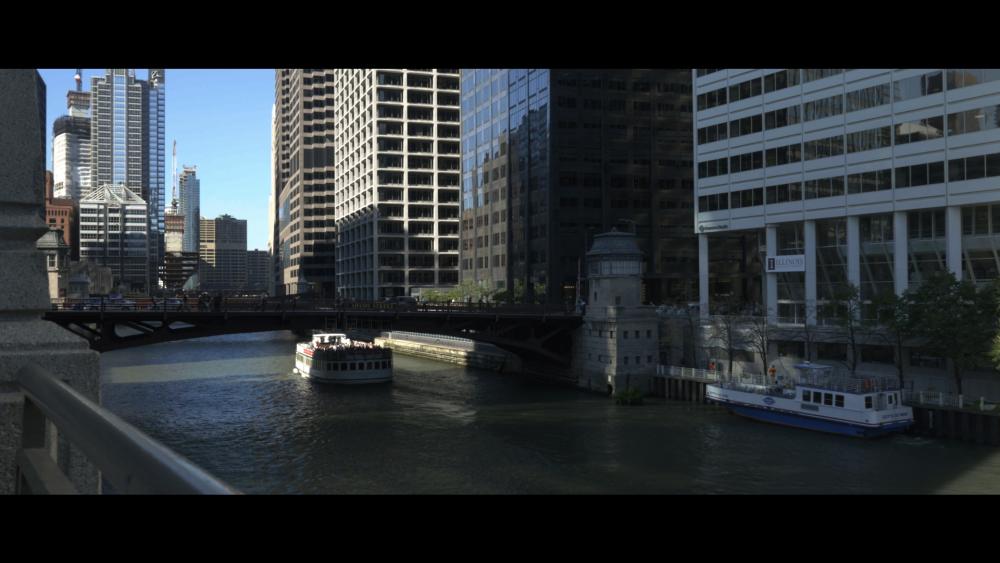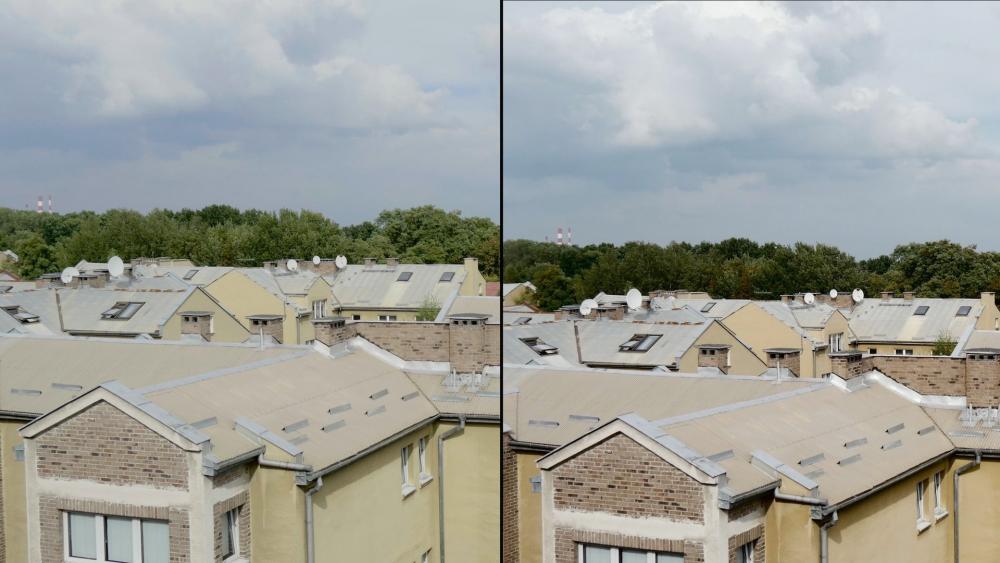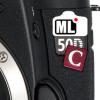Leaderboard
Popular Content
Showing content with the highest reputation on 09/19/2015 in all areas
-
Didn't Sony also state the processor in the A7's is only capable of 8-bit? I'll wait for more concrete proof before rushing out to get an A7s.2 points
-

What do you expect to see in the GH5?
Flynn and one other reacted to Lintelfilm for a topic
IBIS. In-body stabilisation that works in video mode is a must if they want the GH5 to compete at all. Plus it's a feature that would sell the camera alone I think. They could practically just release a GH4 with ibis. What I'd really like to see is an MFT version of the A7S: a low-megapixel sensor optimised for 4k video (using the full width of the sensor) that has decent low light performance and better dynamic range. I'd LIKE to see 10bit internal recording. I doubt it'll happen, but if they keep making a big fuss about log profiles on the GH line and want it to be taken seriously, they have to implement it eventually. Ultimately the whole point of MFT cameras is small size, so selling them on a feature that requires a large external recorder surely can't last. If the BMPCC can do it a GH camera can. Another jump in colour quality would be great too. Not much to ask eh?!2 points -

V-Log L captured in 8 bit vs 10 bit
Lintelfilm and one other reacted to AaronChicago for a topic
That shot is a pretty extreme DR example. Sun blasting the pavement. It's also 1080 at 96fps which is the worst in regards to overall res/detail. Look at other shots and you'll see a difference. Trust me I've been shooting with the GH4 ALOT since it was released and the highlight rolloff is much improved.2 points -

Share a fake anamorphic video
1tkman reacted to Aragonnarun for a topic
Share a video I made from the summer trip in July: https://www.youtube.com/watch?v=QN6SjCUcQec I brought my anamorphic set up with me but the melting hottness and weight stopped me from carrying it all around. So I made a fake anamorphic ratio in post.1 point -

Thumb/flash drive as longterm storage
Jonesy Jones reacted to Kristoferman for a topic
Consider Amazon cloud storage. Unlimited cloud storage for like a hundred bucks a year.1 point -

Thumb/flash drive as longterm storage
Jonesy Jones reacted to dahlfors for a topic
SD / CF cards / USB memories: Very resilient form of memory - there's lots of stories of cameras ending up soaked in water where the photos have been able to be read once the cards have dried up. The one weak part is the storage controller chip. If the controller dies - you can't access the memory by yourself unless you know your way around electronics really well and can hook up a 3rd party memory controller. Rarely the memory itself goes bad unless there's serious damage (like a fire) - so data rescue companies will likely be able to rescue data - for a price. Blu-ray: I've had properly stored DVD-R's and CD-R's have their data layers falling off for no reason after less than 10 years of storage (some of these failed ones were even expensive high-end brands marketed for their durability for long-term storage - while the cheapo brands have fared just as well). Most of the disks stored in the same manner for the same time period have had no issues at all. Due to this kind of random failure I think you'll never know beforehand which brands are safe to buy - or which batches from a brand that are ok. Hence I wouldn't recommend Blu-ray discs unless you do two copies every time. BD-R's on the other hand are very cheap - but if you got large projects you'll need to split them up on several discs. SSD: SSD's are actually same price or in general cheaper in price/GB than SD cards or USB memories. Very resilient memory - same thing applies as for other types of flash memory, the storage controller is the part that can fail. Even if storage controller fails, data should be possible to recover by data recovery companies - for a price. Conventional hard disks: The price/GB is still many times cheaper for hard disks than most other medias (BD-R's beat them, some tapes for tape drives might too). Due to hard disks often failing, and due to their fairly low price/GB - I'd recommend a NAS solution with proper redundancy. Redundancy means - should a hard disk in a NAS break, you don't lose data and don't need to find some means of recovery. You just insert a new hard disk and let the disk array rebuild. I'd recommend a NAS that has RAID-6 (2-disk redundancy) and at least 5 hard disks for longterm storage. The initial cost will be bigger, but for larger amounts of data and large projects this solution will win considered storage/price. Conventional large capacity hard disks will likely get ever cheaper the coming years due to larger & cheaper SSD's, until hard disks finally go extinct as a storage medium - in about 5-10 years. Conclusions: - If your data amounts that you want to put away for long-term storage is small - say, 500 GB per year, some flash-based memory will probably do fine. If your needs are larger than 4-5TB per year or so, I'd definitely recommend a NAS-based solution. - If you know your projects will fit inside the size limit of BD-R's so you don't need to split discs - they're a very cheap solution, even if you burn double copies of the project for safe storage.1 point -
Thumb/flash drive as longterm storage
Jonesy Jones reacted to The Chris for a topic
I'm using SD cards to archive projects these days. If I need to transfer them to anything in 10 or 15 years it's easier than bluray and more dependable than spinning drives. Costco has Sandisk cards really cheap. Though I haven't revisited anything that I've archived, not once. I wonder how long I'm actually going to keep this stuff, stacks of drives or hundreds of bluray disks just isn't practical for me.1 point -
1 point
-
Test - Are Vintage Lenses Really Radioactive?
CTRT reacted to Mattias Burling for a topic
You dont think Sweden and Finland got nuclear rain from Tjernobyl? Are you calling the unnatural amount of my relatives that now in their 60s have cancer liers? If so, gfys. No the video wont come down. Within the first hours it got tons of coments. All from people who understod the humor. Btw, imo you can joke about anything. If you dont like it. Get of the internet. I aded the smily so you know that Im not saying this in an angry tone. Just in a calm and factual matter. Freedom of speech.1 point -
Test - Are Vintage Lenses Really Radioactive?
Damphousse reacted to docmoore for a topic
Interesting Wiki thread ... http://camerapedia.wikia.com/wiki/Radioactive_lenses https://en.wikipedia.org/wiki/Isotopes_of_thorium http://www.nytimes.com/2008/07/24/garden/24granite.html?_r=0 http://solidsurfacealliance.org/G-radioactivity-radon-issues.html Bob1 point -
What do you expect to see in the GH5?
Lintelfilm reacted to Mattias Burling for a topic
8-bit 4:2:2 and I would buy it. (I will buy pretty much the first DSLR/Mirrorless that does, maybe the 5Div)1 point -
Test - Are Vintage Lenses Really Radioactive?
Mattias Burling reacted to CTRT for a topic
excellent! Love your videos btw...1 point -
V-Log L captured in 8 bit vs 10 bit
AaronChicago reacted to Fritz Pierre for a topic
Aaron...I think you and Zak are already getting amazing footage with this profile, especially how recently you got it...Shian on PV has also come up with some beautiful shots...it will take time to nail this and Shian correctly predicted that most people will hate it, but he loves what this does for the GH4...it will only get better with time....1 point -

Claim of hacked Sony A7S
Cinegain reacted to Don Kotlos for a topic
This guy is a pathological lier. Even for a second don't believe what he claims. He was the one behind the E-M1 4K fiasko. Keep your camera safe and away from any of his hacks.1 point -
Funny, I am trying to get the answer for the exact same question. First of all, resolution. The A7s' resolution is fine. I can further improve it with the Shogun, but as I wrote, the resolution should suffice. Then the colors and gradability. The colors are few (8-bit). In theory, the A7s can depict almost 15 stops, more than even the 4,6 Ursa Mini. But only at the native ISO of 3200 (that's why this is the default ISO for S-Log). S-Log fits to landscapes, but imo not for skintones (too few to make them look alive). So until further experiences, I stick to autumn leaves then, shoot only at ISO 3200, use only WB 3200, 5600 and 6500. I need to buy fixed ND filters, because with such high ISO, ND faders all destroy the colors. I'm not finished with my evaluation, these are my initial findings. I hope I can get close to this look ...1 point
-
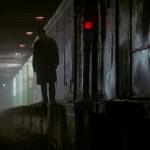
The new Sony FS5
Mattias Burling reacted to MattH for a topic
No. In specs on paper it crushes it. in HD: 10 bit 4.2.2 vs 8 bit 4.2.0 in 4k: 8 bit 4.2.0 vs nothing. But your question, which was clearly actually a statement, is correct. The specs may not necessarily translate into a better image. The C100 with wide dynamic profile may give a nicer look out of camera than 10 bit slog, graded and converted finally to 4.2.0. But I'd say theres more flexability there with the FS5 to either get a better image or a worse image. I think it makes sense to think of the FS5 as a professional HD camera with a consumer 4k bonus. A bit expensive for me though. TV production is this things market.1 point -
I'm not sure why you have a vendetta against the c100 Zach but the points you make are pretty wild. And pretty strange coming from a guy who baffled everyone here with his inability to understand lighting. Yeh fair enough you shouldn't upgrade until you feel you could make best use of the new gear. But a lot of people here are way above 7D territory here Zach, both financially and skill-level wise.1 point
-

V-log unlocked for free!
TheRenaissanceMan reacted to Michael Ten Calka for a topic
1 point -

Playing with Sony A7R II - here's my fav picture profile - post yours
Emanuel reacted to Don Kotlos for a topic
I didn't see the need since I am using old nikon lenses with it. Maybe a lower setting might be better with very sharp lenses.1 point -

Playing with Sony A7R II - here's my fav picture profile - post yours
Emanuel reacted to Don Kotlos for a topic
After spending enough time with the camera this is the profile that I have settled with. Very pleasing skin tones, minimal banding and easy for slight grading. Gamma: Cine 4, but I switch to Cine 2 in low light. Sometimes I also use S-log in very strong light people far away but I try to avoid it. With a face close up Cine 3 is very good too. Color mode: Cinema. Pro gave me too saturated colors. Maybe it will be nice in nature. Avoid s-gamut unless you are using an external recorder and you are very confident with your color grading abilities. Also keep in mind that colors change depending on the exposure so make sure you are exposing consistenly (very hard to do with the LCD in s-log more). Black level: 0. Black is black. Black gamma: middle. Knee: Manual 97.5% -1. This is optimized for a slight highlight roll off. Set the percentage lower for strong contrasts. Saturation: 0. Lower this if you plan to play with the colors later. Color Phase: 0. I trust sony on this one. Color Depth: 3,0,0,0,0,0. Just a touch of red. Detail: -3. A bit more organic.1 point -
1 point
-

Ursa mini 4k footage
Axel reacted to Don Kotlos for a topic
Footage looks great and both Ursa minis sound as very promising cameras that will establish BM. But I am sure it takes more than the camera to come up with a footage like that. I wonder if you could deliver something like that with a A7s and how much more effort it would take. Here is some further info from the people that shot the two wedding clips: http://nofilmschool.com/2015/09/everything-you-wanted-know-about-working-blackmagic-ursa-mini1 point -
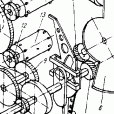
Ursa mini 4k footage
Axel reacted to Volker Schmidt for a topic
It also simply looks like - good color science of the manufacturer. (low, low english:) Here 1 year old beta-footage of the Ursa: I love what I see, from this Cameras.1 point -
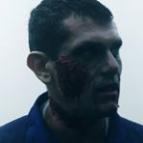
Help with "masks"
kaylee reacted to Santiago de la Rosa for a topic
Masks work very good in After Effects. There are lots of tutorials of masking, it´s not dificult. https://helpx.adobe.com/after-effects/using/creating-shapes-masks.html https://helpx.adobe.com/after-effects/using/alpha-channels-masks-mattes.html In the composition, place down the "under the horizon" file 1 and up the "above the horizon" file 2. Mask the file 2 with the pencil or rectangular tool the from the "simple horizon" to the end of the frame (the part of the video that you don´t want in) And in the mask menu, select Substract (You see Normal, Add, Substract, etc). You will see now the file 1 frame and file 2 frame, one above the other. Here you can see how: https://www.youtube.com/watch?v=OzAkb7Cw0uM (Sorry for my english.)1 point -
Visual concept for future project: BMPCC,Lomo 35 Square front with 14mm and 50mm1 point
-
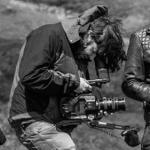
The new Sony FS5
Xavier Plagaro Mussard reacted to Oliver Daniel for a topic
True - best trying it out yourself before judging other peoples work, although that URSA 4.6k aesthetic has something very special about it. I'm also very surprised at the content they put in these launch videos - surely they can come up with something better? Throw them into real projects for commercial, narrative, music video and documentary instead of filming a bunch of bushes, trees and people doing literally nothing.1 point -
I guess it's probably easier to not bother with the manual at all to do this. I found it very straight forward. Turn the top left dial into the interval position (twist the dial all the way to the right). Turn the mode dial into M or A mode (or whatever you want for your pictures). Open the menu (press menu/set) - Time Lapse / Animation is already highlighted now. Press menu/set again. Mode should be on Time Lapse Shot (it probably is). Go down to Shooting interval, choose your settings. Press Set on the touch screen. Choose Start Time in the menu. Set start time of choice or press 'now'... /Edit: I guess you still had your camera in the movie mode, in that case you won't find the timelapse function in the menu.1 point

